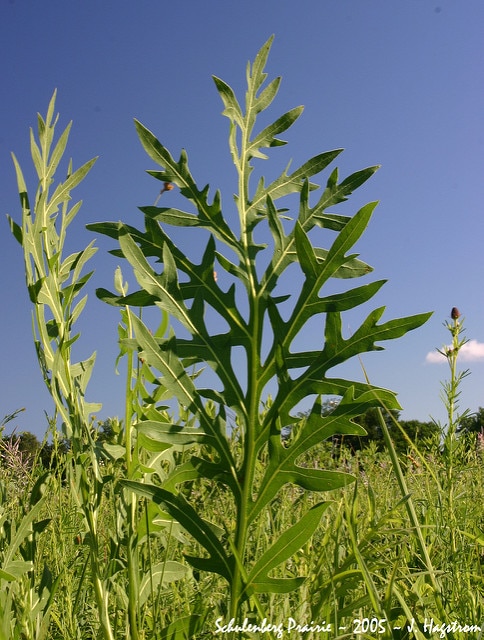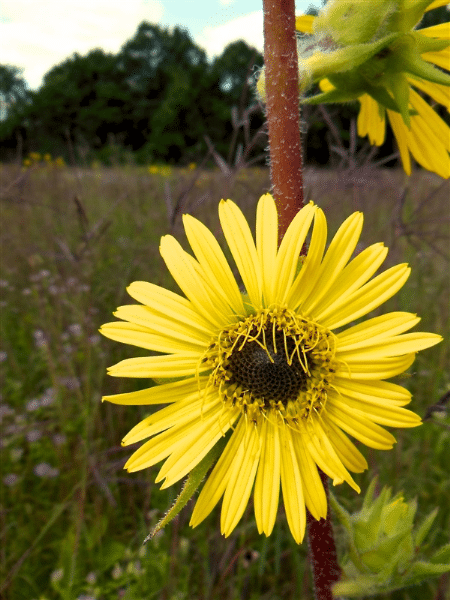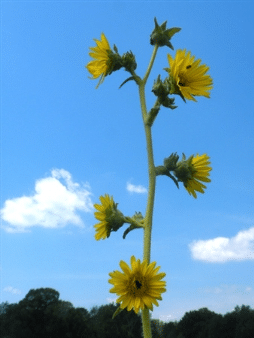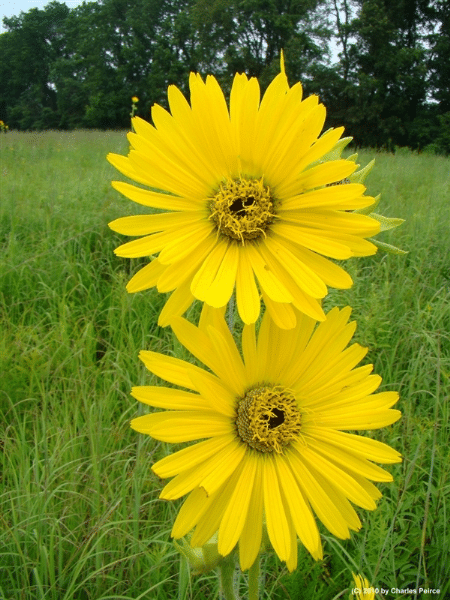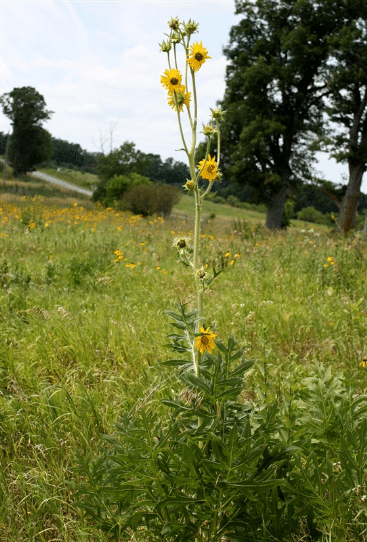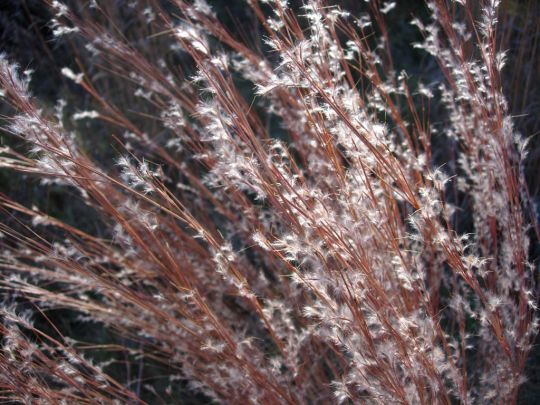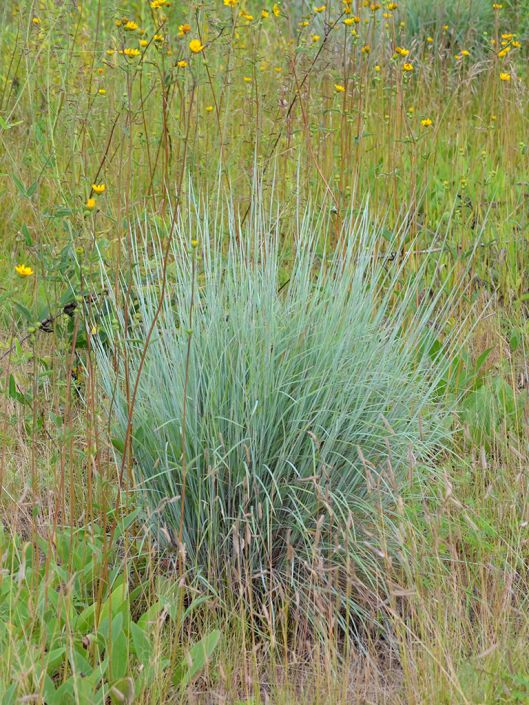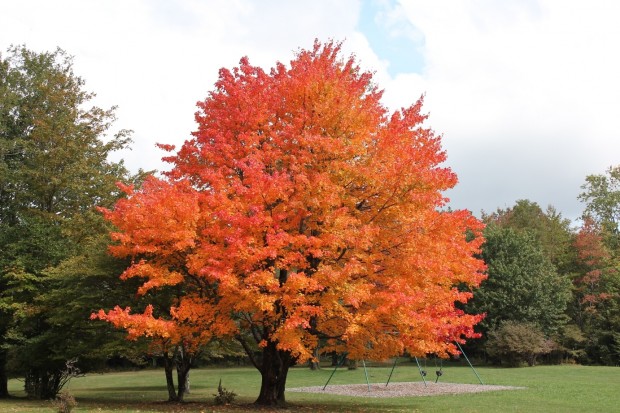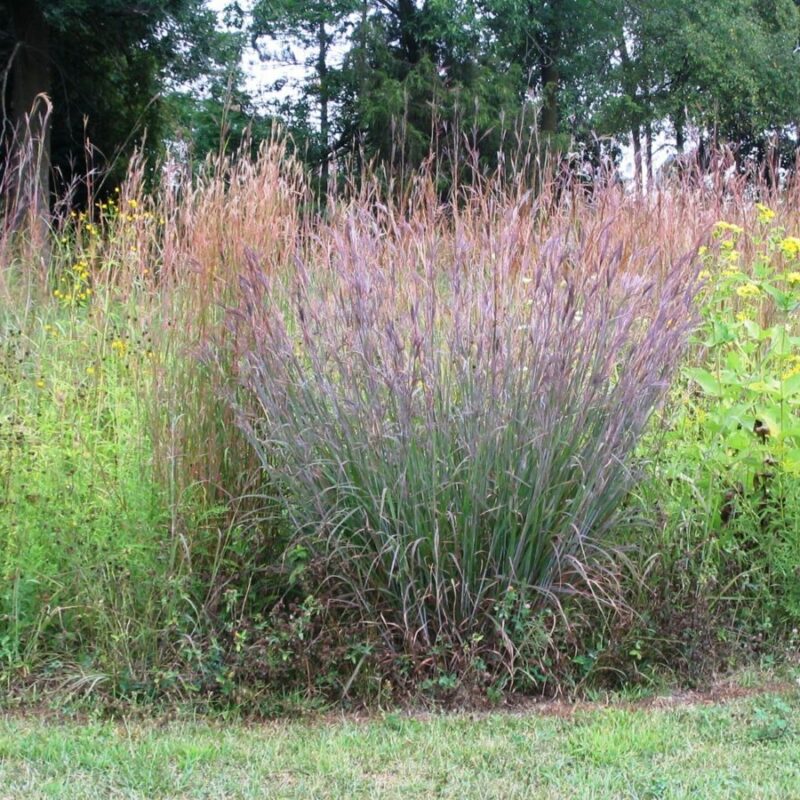Description
A true icon of the prairies, these lovely plants are an incredible addition to your landscape. Given moist, rich soils, mature compass plants can reach upwards of 8 feet or more in height. It is quite a sight to see pollinators flit from flower to flower while birds perch upon the stems. A tall, sturdy, rough, bristly plant that grows on stiff, hairy, resinous stems. Features sunflower-like flowers (to 5″ wide) with yellow rays and yellow center disks. Flowers bloom in loose spikes on the upper parts of the plant in summer. Very large, deeply pinnatifid (cut close to the midrib) basal leaves (to 18″ long) are reminiscent of pin oak leaves. Upper leaves are smaller. No serious insect or disease problems. Slow to establish and may not flower until the second or third year.
The name Compass Plant comes from the observation that the basal leaves have a tendency to orient themselves on a north-south axis. While this certainly helped disoriented settlers find their way across the prairie, the real reason behind this intriguing physiology is to maximize water use in the leaves as well as to increase CO2 gain for the plant. Another interesting aspect of Compass Plant biology is their life expectancy. Given the right conditions, individual plants have been known to live upwards of 100 years! Gardening with Compass Plant is gardening for the future. Sadly, like all other species that live on the prairies, Compass Plants have taken a real hit from habitat destruction.
Click here for more information from USDA-NRCS.


